Welcome to this weeks’ episode. Before we get onto the main topic for today which will also be the basis for the next Assignment which starts immediately, I’d like to announce the winners of the Rainy Days Assignment. There was a bit more interest and more participation in this second assignment, and the standard of images submitted was very high again. Thanks to all those that got involved, and I hope that it helped to get you out and about doing something that you might not normally do.
So on to the winners of the assignment. I myself had a tough time voting for this assignment as there were a number of images that I really had a tough time choosing between. The result though of course are images that we as a community chose, based on all of our votes.
In third place is gnagent, real name Greg Aumann, with an image from just down the road from where I live here in Tokyo, called Rainy Crossing. If you are entering the number of the image to view, this one is m1697. That’s m for member, 1697. This is a pedestrian crossing in Shibuya, teaming with people crossing the road in the rain, all holding umbrellas. There is so much to see in this shot with the slight opening in the middle allowing us to first focus on the two young women that occupy that space, and our eyes can then wander around the rest of the subjects in the image. I personally go up to the guy talking on a cell phone, slightly up to the right of the center with the bright blue umbrella. I then find myself literally going round and round the image exploring all the other details. Absolutely great image! Well done Greg.
In second place, is Mojo_Yugen who’s realname is Brian Schultze with an untitled image of a tree trunk reflected in two puddles with a yellow line painted on the road intersecting in the opposite direction to the angle of the divide between the puddles. Take a look at image m1780. You’ll also notice that Brian has exposed for the tree trunk allowing the foreground of the shot to go a little dark which really helps to bring the tree trunk out. Well done Brian. Great shot!
And the winner is member AtotheJ with “After the Rain”. This is a great shot of the crank of a bicycle covered with raindrops, which is image m1779. I really like the detail and the colours of this image and the way the green and white areas of the background are intersected perfectly with the bar and chain of the bicycle so that you can’t see the join. Excellent image, congratulations AtotheJ. You will be able to select the image of your choice from my Online Gallery and I’ll post it directly to your door. Also, I noticed that you have not registered on the main site, so please do sign up so that we can contact you in the forum.
Now let’s move on to today’s main topic and set the stage for the next Assignment, with the theme, Depicting Culture.
Part of the wonder of photography is that it gives us a tool to show people from different parts of the world, and different cultures about our own country and its culture. Of course, there are also many different cultures in most countries and sub-cultures within these cultures, so it’s not always an easy thing to depict. Also, I find that it helps to appreciate the culture around you when you have a chance to witness the culture of another country or group. There’ll be a little more on what I’m thinking of with regards to this assignment at the end of the episode, but for now, let’s look at a number of images that I selected from my online gallery at martinbaileyphotography.com that I think help to depict the Japanese culture.
Once again, there are lots of ways to view the photos as I discuss them. If you are viewing in iTunes or on an iPod it’s self explanatory, but there is also a streamed audio version and all the thumbnails, descriptions and links on the Podcasts page at my Web site. If you want to browse the images on a PocketPC or other small form factor device, there’s also a Lite version of the page linked from the Podcast page and the Quick Links Menu on the top page at martinbaileyphotography.com.
First up, let’s look at image number 182. In the last few hours of a trip to Hokkaido at the beginning of August ’03, this airport employee is captured here bowing at a plane as it taxied towards the runway. I shot it from a observation deck outside a cafeteria in the Asahikawa airport. One thing I find with this kind of shot is that it’s probably a lot more luck than planning. In this case, probably 100% luck as I just happened to be watching this plane pull away from the gate and start to maneuver towards the runway when I noticed this attendant starting to bow. I found this to be very Japanese and had until this point not really noticed this before, though it didn’t surprise me very much. I called this image “Only in Japan!”. It may well happen in other countries, but the Japanese are particularly polite and I think there is probably also a certain amount of wishing the plane and passengers a safe journey in this bow too.
This is technically not a particularly difficult shot. I used my 100-400mm lens at 200mm and selected a slow shutter speed of 1/30th of a second to introduce some motion blur in the plane so that we can see that it is moving away. The aperture was wide open for this focal length at F5, and the ISO was 100. Of course, I was resting my arms on a hand rail to steady the camera as this is a slow shutter speed for this focal length.
Sometimes though, the culture of a country can be linked to natural aspects rather than the actions of the inhabitants of that country. Take a look at image number 869 and I’m sure you’ll agree that these Japanese red-crowned cranes in this pose make you think of Japan. Many people will have an image of Japan that is aroused by this scene. The Japanese themselves include this crane in many objects used in traditional circumstances such as the cloth used to make kimono or ceremonial clothing. I’ve seen wedding albums with cranes on the cover. The 1,000 yen note had a pair of cranes on the back for around 20 years. You may remember from episode 25 actually that I met Tsuneo Hayashida, the photographer that shot the original image that the cranes on that 1,000 yen note were based on, during my trip to Hokkaido in February this year. This particular shot was made with the Canon EOS 20D at 400mm, F11 for 1/500th of a second at ISO 200.
In image number 627 you can see that we can get a good feel for culture from objects used in various countries too. These Koinobori were captured flying hanging from a huge kite above the beach at Kamakura in Kanagawa prefecture, south of Tokyo. Koinobori are carp-shaped tubes, kind of like flags that are flown all around the country during the Golden Week holiday. On of the holidays during this week is Children’s Day on May 5th. The carp apparently represent the sons of house-holds because the carp is a strong fish that can swim upstream. The Koinobori are flown to wish for the boys, probably more so children in general, will grow up to be strong and healthy like the carp. This in itself I think is very cultural symbolism. In the west for example can you imagine someone say to there son, come on little Johny, eat up all your vegetables so that you grow up to be big and strong like a “carp”! I somehow doubt it.
This was shot again with my 20D and the 100-400mm lens at 100mm at F8 for 1/200th of a second. I didn’t set enough depth-of-field to get the entire line of carp and the kite in sharp focus, but it doesn’t bother me too much as it helps to give the subject depth.
In the next image we go back to an image of people, with a shot of two little girls that were walking out from the Meijijinguu Shrine in Harajuku, after a blessing for Shichi-go-san, which literally means 7-5-3. At three and seven years old for girls and three and five years old for boys, they are dressed up in traditional dress and brought to shrines around November the 15th to pray and receive a blessing, kind of symbolizing a right of passage on to the next period of their lives. Now, without this story the cultural aspect of this shot may well not get relayed, but I’m showing this image now really because of the Kimono. This is a traditional dress in Japan that is very much a part of the Japanese culture, as I’m sure you know. Showing items such as the Koinobori or Kimono are easy ways to give a taste of a countries culture. This was shot at F5.6 with my 50mm prime lens for 1/25th of a second at ISO 200. Again this was shot with the 20D so the 1.6 crop factor makes the 50mm lens a nice portrait lens.
Another image shot with the 50mm F1.4 prime lens is number 433. This time its not so much what the lady in this shot is wearing, but what she’s doing. In Japan, many elderly woman drape a towel or cloth over their head while working and to keep it in place they’ll suck the edge of the cloth as in this image. I spotted this lady walking along a busy market street in Asakusa and managed to snap a couple of frames at F8 for 1/125th of a second. I regret not having time to open the aperture a way. I would have preferred to have captured this at around F4 or wider to throw the background out of focus but it wasn’t to be.
In the next shot, number 229, we can see how two cultures have merged. Falconry has a long history dating back to the 1st century BC and was popular in medieval Europe and Japan. Here we can see that the modern Japanese falconer where’s full traditional Japanese clothing including the split toed shoes, yet he dons a flat cap, like he’s just dropped by from the Yorkshire Dales in England. Now he may well have had a hard time walking around Yorkshire with those puffy tights on, but joking apart, I find it really interesting to see how two cultures on opposite sides of the globe are merged together in this very much Japanese historical pastime. Technically I’m not that happy with this shot, as I don’t like the large patch of distracting white in the background, but I thought I’d show it anyway. It was shot at F8 for 1/160th of a second at 400m, ISO 100.
Let’s just look at a couple more examples, starting with image number 191. Japanese ferries have a number of classes. You can hire private rooms or just pay for a single seat. But on all the ferries I’ve traveled on so far, they all have a number of communal sleeping areas like this one, and the price is usually around the second from the bottom class, so you actually have to pay a little more for the luxury of being able to crash out like this, which I find very interesting. Most of you will have seen that it is traditional in Japan to take off your shoes when entering a building, and although modern houses often now have western style rooms with a sofa and a table, most houses also still have a room or two in which you will spend all of your time on the floor, usually sitting on a thin cushion laid down on tatami matting, made from dried rice stems woven together. Here we see an extension of this tendency to spend time on the floor as the passengers on this ferry stake out their patch of carpet and sleep for their few hours on the ferry. This was shot at F5 at 17mm with my old 17-35mm lens for 1/25th of a second at ISO 200.
Finally let’s look at an image shot on Fuji Provia film loaded into my old EOS 100 and my really old 35-105mm lens. In this shot, I’ve captured a lady in a kind of traditional workman’s clothing who was raking leaves in the grounds of the Golden Pavilion Temple or Kinkakuji in Kyoto. Now, in this shot, I’ve resisted the temptation to include the whole of the golden temple. We see the lady centered in the shot as she walks by, but the Golden Pavilion sits just partly visible with the red autumn leaves almost taking as much attention. I don’t have a clue what the aperture and focal length was for this shot, but I’d say I was probably at around 100mm and an aperture of around F5.6. This allowed the background to fall slightly out of focus adding depth to the image.
OK, so that’s it for the examples. I hope these have helped to explain the culture of Japan a little, which is the purpose of this assignment. I’d really like us to be able to show each other’s cultures from our respective countries or groups within any particular country. As usual though, the final shot you visualize or even just stumble across as you shoot for this assignment is very much open to your own interpretation. Remember that entries should be shot after this point in time and not found out from your stock of images as the ones I’ve just shown you were. I too will be out trying to shoot something fresh that I have not yet visualized or stumbled across.
Another thing is you’ll notice that I have not shown you one single image from England where I grew up. The main reasons for this are because I’ve spent most of the 15 years here in Japan and don’t have any photos from England that depict its culture in any way. I probably could drag out a few snaps of me drunk with my friends, which is definitely a big part of British culture, but that would not really be very artistic. If you want to go that way mind, be my guest. Anyway, what I’m thinking is that you don’t necessarily need to depict your own culture. Part of being able to photograph the world around us is also to help us appreciate other cultures and in turn give others the ability to see what we’ve made of the scene. I’m often told by Japanese friends that my images, even if of the same subject, are different to the way a Japanese person might shoot it. I like to think that this is down to my own individual taste and style, but there is no doubt that some of this will be down to my own upbringing and culture. So you can use your own cultural perspective to put a different spin on what you see in other’s cultures as well as your own.
One other thing, I find that many aspects of the Japanese culture are heavily linked to religion. This might be true in your part of the world too. In many respects, culture and religion may well be inseparable. If you want to focus on religion or religious artifacts as your way of depicting culture, that’s fine. I hope that none of the member’s here will have any aversion to being confronted with images with religious connotations, as I believe we are all open minded enough to handle this sort of thing.
I won’t go into other ideas of how you might work this right now. I know you will have your own ideas and visualizing your shot. Then getting out there to capture it is what makes this such a fun yet fulfilling experience. So have a good time with the “Depicting Culture” assignment.
So that’s about it for this week. Just to let you know that the Depicting Culture assignment is now open and the album is prepared on the mbpgalleries.com Member’s Galleries Web site and waiting for entries. For more information on the general rules and guidelines, such as how much you can do in Photoshop etc., go to the forum at martinbaileyphotography.com and click on the Assignments forum.
So, here’s just a little housekeeping before we close. I know that many of the listener’s of this Podcast also listen to Chris Marquardt’s Digital Photography Tips from the Top Floor. If you haven’t caught up with Chris’s show over the last week or so you might not yet know that Chris fell victim to a burglar and has had a significant amount of his camera equipment stolen. The worst part is that he had not yet sorted out the insurance for the equipment so he has to re-buy it all from scratch. To support Chris in this there is now a link on the right side of the Tips from the Top Floor Web site to make donations via Paypal. If you can afford a small amount, please do go over to tipsfromthetopfloor.com and help Chris out. The link will be live until August the 5th and if more than 5,000 Euro which is the cost to buy the equipment back is received the remainder will go to charity. So either way, this is a good cause.
Another thing is that nominations have started for the Podcast Awards. If you enjoy this Podcast and want to show your appreciation and help me to build on it, please go to podcastawards.com and nominate this show in as many of the categories as you’d like. You can even repeat your nomination every 24 hours. There are lots of different categories too, so you can not only add this Podcast in multiple categories, but you can vote you’re a multitude of different Podcast each day.
Finally, as of now, I’m not sure if I’ll be able to produce an episode next week. I’ve released an episode every week for the last 45 weeks though, so please forgive me this one indulgence. If I don’t get an episode out next week, I’ll be sure to get one out the following week and get back to a weekly schedule.
So have a great week, or two, what ever you’re doing. Bye bye.
Show Notes
Music from Music Alley: www.musicalley.com/
Subscribe in iTunes for Enhanced Podcasts delivered automatically to your computer.
Download this Podcast in MP3 format (Audio Only).
Download this Podcast in Enhanced Podcast M4A format. This requires Apple iTunes or Quicktime to view/listen.


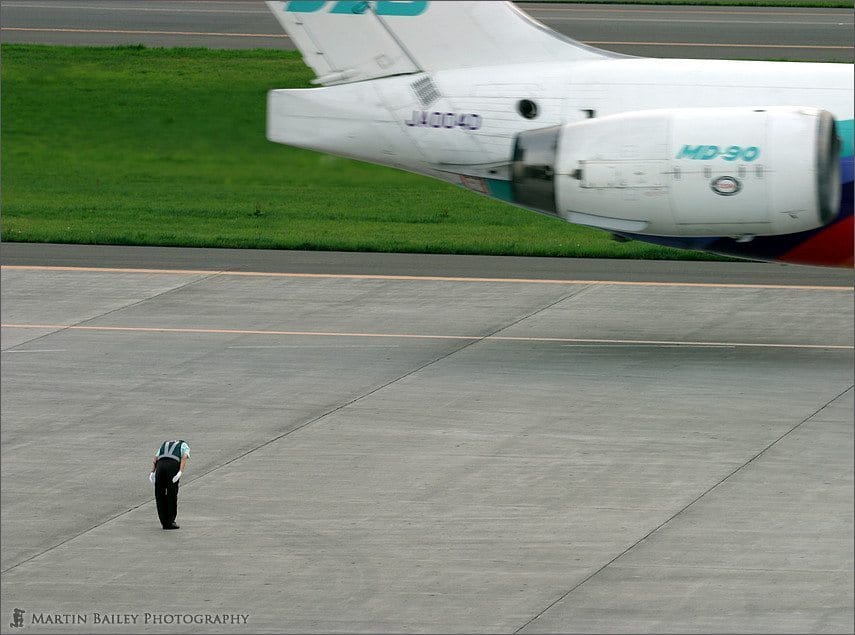

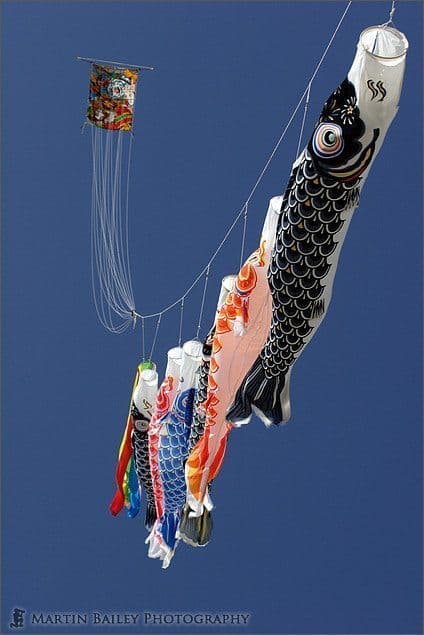
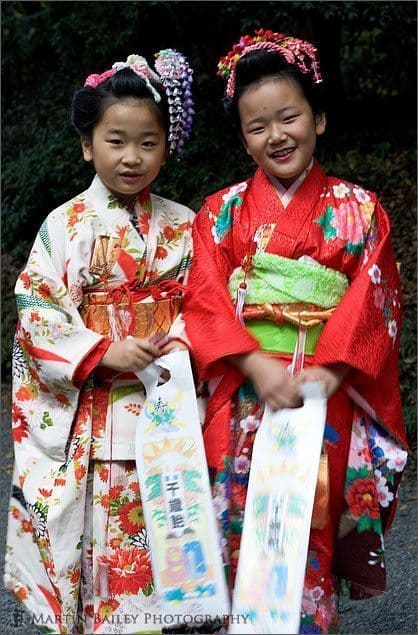
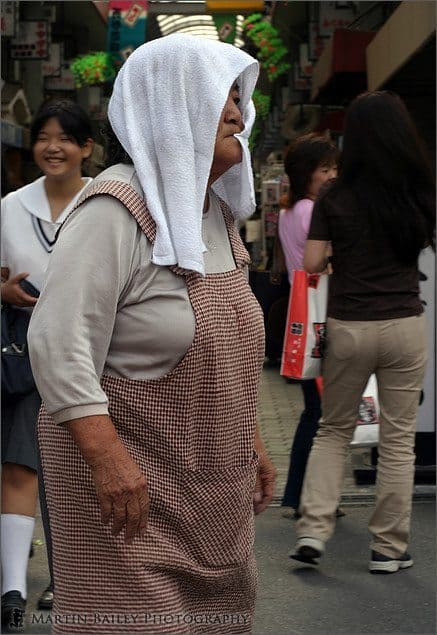
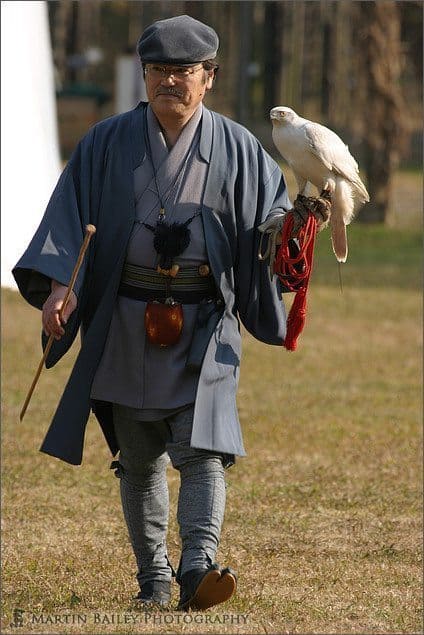
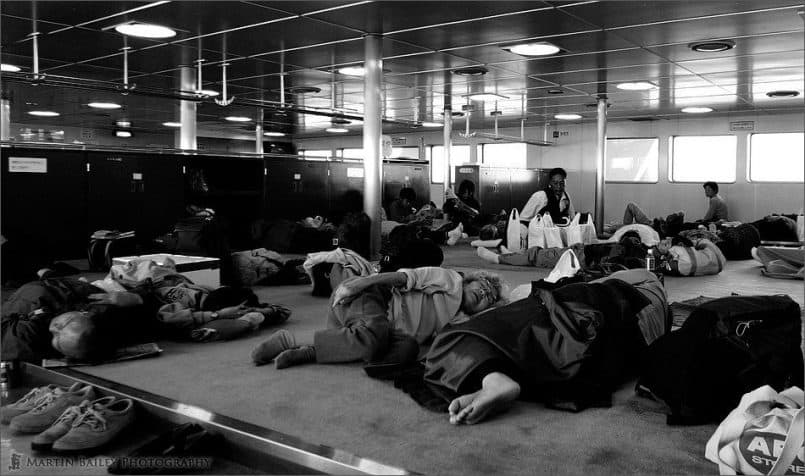

0 Comments